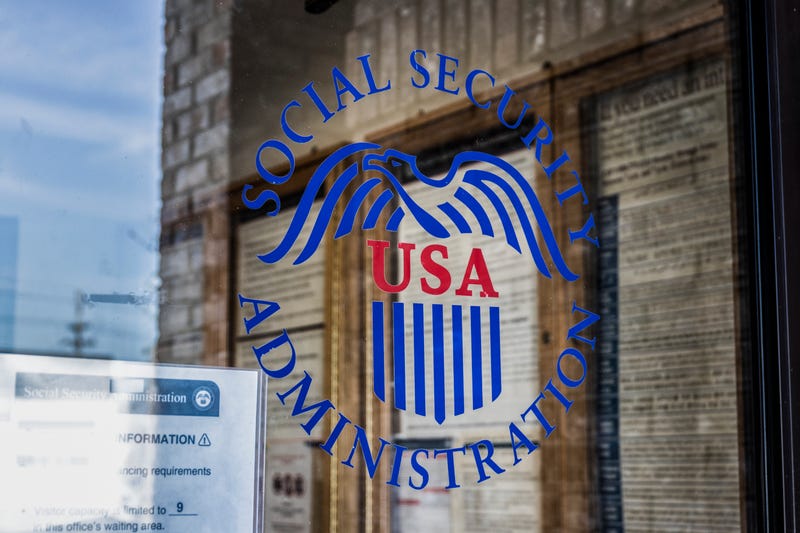
The Social Security cost-of-living increase will go up by 2.8% in 2026, which translates to an average increase of more than $56 for retirees every month, agency officials said Friday.
That announcement comes with the Consumer Price Index - the main measure of retail inflation - increasing 3% in September from a year earlier.
"This report was due to be released on October 15th, but because of the government shutdown, it has been delayed," said CBS News Business Analyst Jill Schlesinger. "It is the one economic report that required workers to come back on the job at the Bureau of Labor Statistics. That's because this report is used to measure the annual increase for Social Security recipients."
The benefits increase for nearly 71 million Social Security recipients will go into effect beginning in January. And increased payments to nearly 7.5 million people receiving Supplemental Security Income will begin on Dec. 31.
Friday’s announcement was meant to be made last week but was delayed because of the federal government shutdown.
The cost-of-living adjustment, or COLA, for retirees and disabled beneficiaries is financed by payroll taxes collected from workers and their employers, up to a certain annual salary, which is slated to increase to $184,500 in 2026, from $176,100 in 2025.
Recipients received a 2.5% cost-of-living boost in 2025 and a 3.2% increase in their benefits in 2024, after a historically large 8.7% benefit increase in 2023, brought on by record 40-year-high inflation.
The smaller increase for 2026 reflects moderating inflation.
"Food prices are up 3.1% from a year ago," Schlesinger adds. "It definitely pays to eat at home. Those prices up by 2.7%, while eating away from home, those prices are up by 3.7%."
Social Security Administration Commissioner Frank Bisignano said in a statement Friday that the annual cost of living adjustment “is one way we are working to make sure benefits reflect today’s economic realities and continue to provide a foundation of security.”
Emerson Sprick, the Bipartisan Policy Center’s director of retirement and labor policy, said in a statement that cost-of-living increases “can’t solve all the financial challenges households face or all the shortcomings of the program.”
Tariffs are still having an effect Schlesinger explained, with some categories impacted including apparel, furniture and bedding, household furnishings, and floor coverings. All of these categories are starting to show that prices are accelerating, and that comes fast on the heels of President Donald Trump announcing he's ending trade talks with Canada over TV ads protesting U.S. tariffs.
"The September increase was largely due to gas prices," noted Schlesinger. "The gas index was up by 4.1% in just a month. Still, because prices were so much higher a year ago, the gas index is down by 0.5% from 2024."
